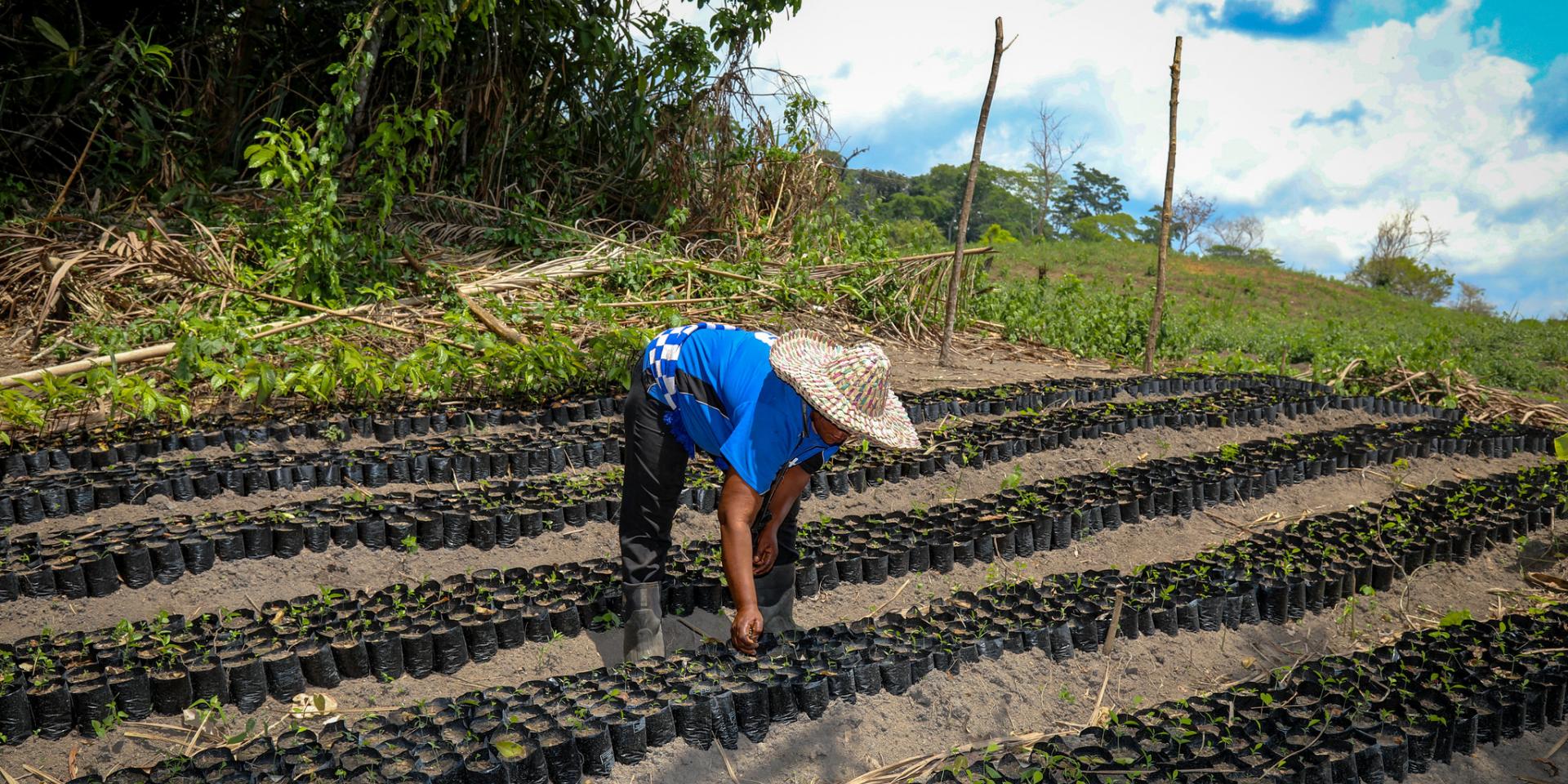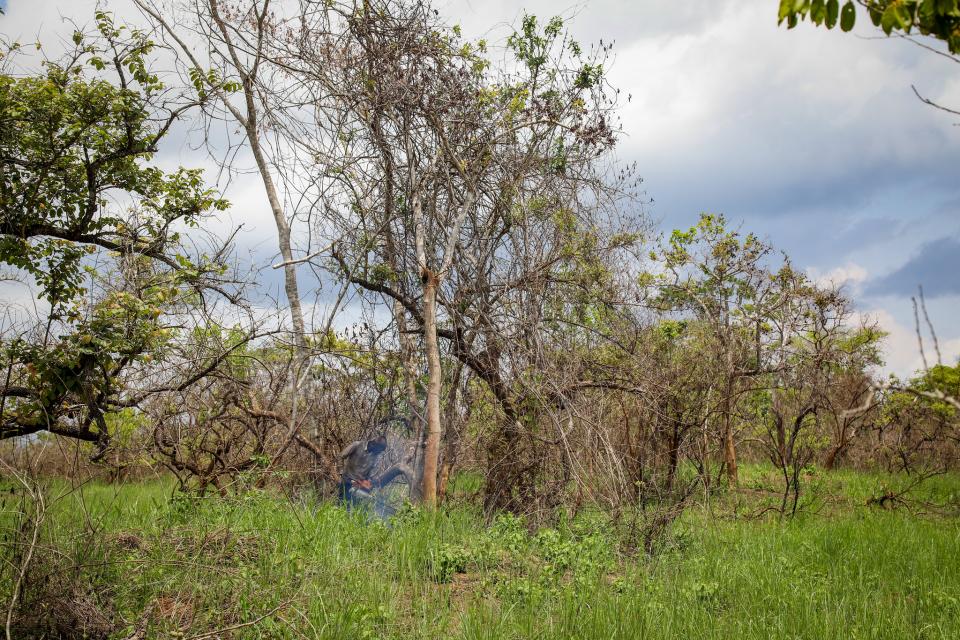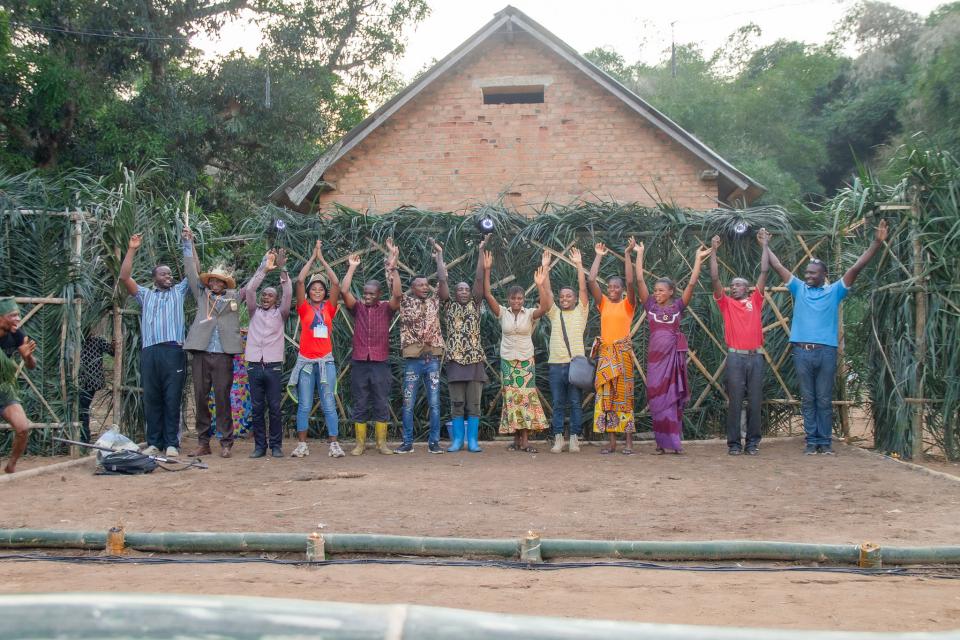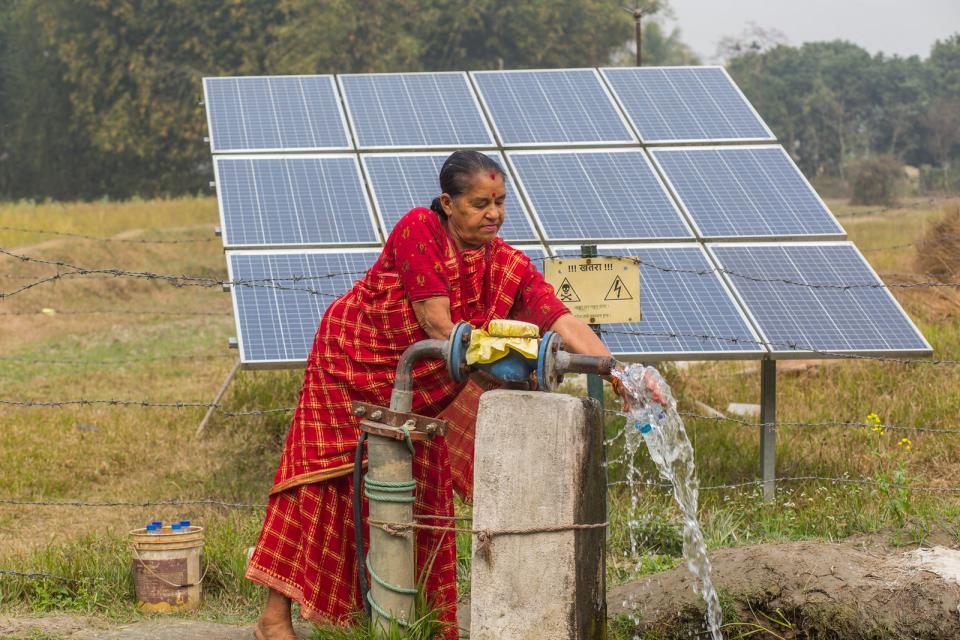Trees are one of our best investments against the climate crisis – but who should foot the bill?
 Photo: Emily Pinna/CIFOR
Photo: Emily Pinna/CIFOR
We are not going to make it to 1.5°C, or even 2°C. The Paris Agreement goal of limiting global warming to below these target numbers is becoming a distant dream, with current pledges leading us into a future that is on average 2.5°C hotter than pre-industrial levels by the turn of the century.
This means more frequent and more destructive climate-induced disasters, with countries – rich and poor alike – scrambling to recover from one crisis after another. This future scenario is baked in, regardless of whether we manage to achieve net zero by 2050 (highly unlikely).
Governments worldwide are haemorrhaging billions of dollars due to extreme weather-related events, and in the 31 years since Vanuatu first proposed a mechanism to address Loss and Damages, the failure to act has left an estimated 189 million people in developing countries reeling from climate impacts each year. Coping with the human and economic costs (trillions of dollars) of catastrophes on the scale of floods, droughts, heatwaves, increasing wildfires and storms is driving developing – and developed – countries into debt and eating up funding earmarked for healthcare, education and other critical services. The worst hit are often the most vulnerable, including women and Indigenous Peoples, and inequalities are only widening in the wake of the Covid-19 pandemic, which may result in a ‘lost decade’ for development.


